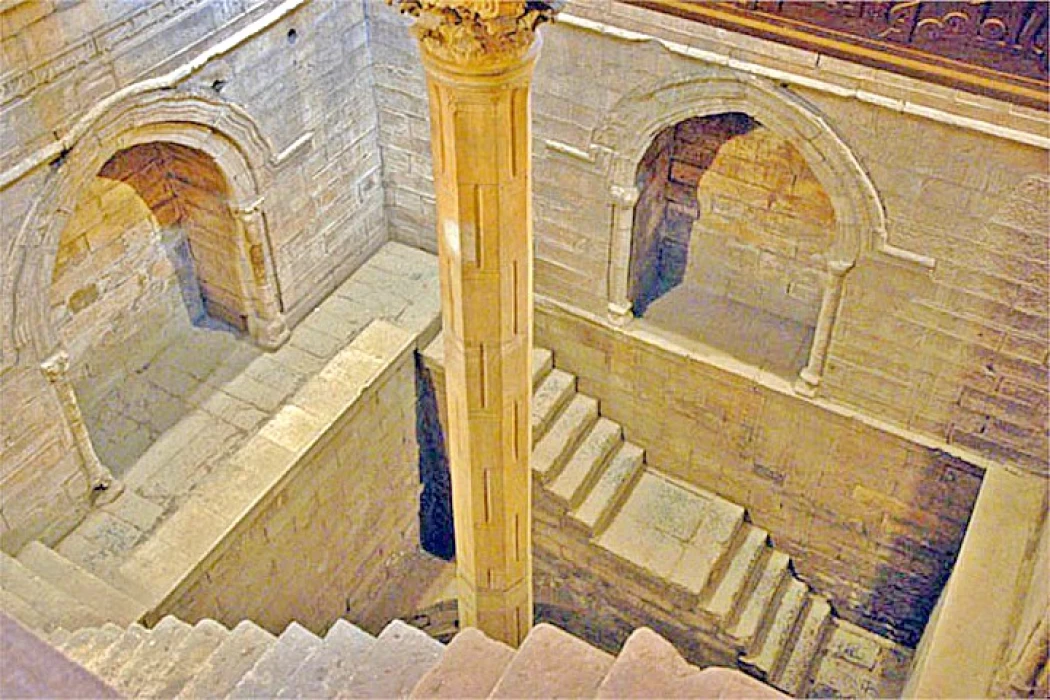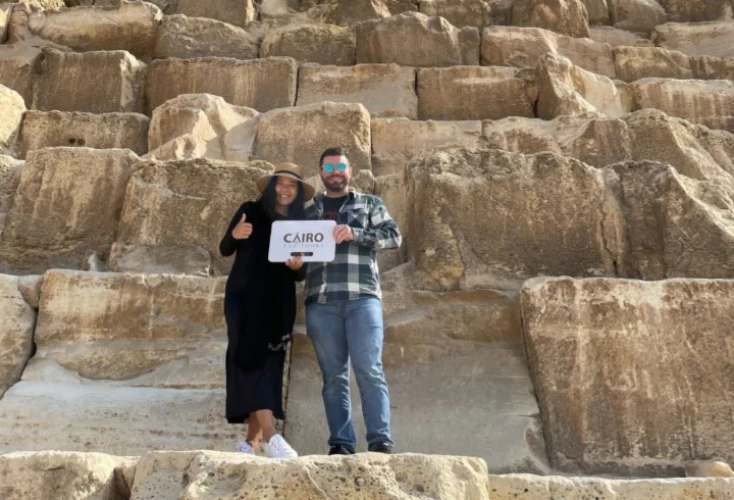
The Nile Scale The oldest Islamic building on water
Informations about The Roda Nilometer in Cairo
The Nile was of vital importance to the rulers of Egypt since it was the main artery upon which the lives of the Egyptians depended. This explains why floods were tokenized by border taxes.
These rulers made efforts to ensure fairness by measuring the water level in the Nile for collecting agricultural land, as lands that are flooded by the Nile are different from those that are difficult to irrigate.
There were many gauges along the Nile River, including a gauge in Anasna, another in Manaf, a gauge in Qasr al-Shamaa and other gauges, which stopped working in 247 AH (861 AD), when the Nile gauge was erected in Rawda and relied on. (861 AD), where the Nile gauge was established in Rawda and relied on it.
The employee in charge of the gauge was known as the owner of the gauge, and he measured the increase in the gauge every day in the afternoon, and he also compared the level of the increase in water every day with the previous day of the previous year.
Since the centralized administration of the state was established, the ancient Egyptians continued to record the level of the Nile in official records. The earliest records of flood levels appear on the Palermo Stone, from the fifth Egyptian dynasty; it bears 63 records of the Nile's water levels. Measurement continued, and developed, until 715 AD, when the Nile Gauge, or Rawda Gauge, was built on Rawda Island.
This scale continued to be used until the beginning of the 20th century. Monitoring the level of the Nile had an impact on estimating the value of taxes and the areas that could be irrigated during the year. After the flood, the provinces were responsible for managing the canals and irrigation canals, while land and water levels were measured at the national level. It is considered an example of Islamic architecture in Egypt.
The Nile was also important to the spiritual life of ancient Egypt. They worshipped Hapi, the god of the annual floods, and believed that only Hapi and the Pharaoh were able to control the flood. The Nile also became the basis of the ancient calendar according to the three cycles of the Nile, although the idea of Nile gauges began in ancient Egypt, they continued to be used by later civilizations.
This Nile gauge is the oldest Islamic water-based structure and the second oldest Islamic historical site after the Amr ibn al-As Mosque. It was built by the Abbasid Caliph al-Mutawakkil al-Abbasi in 861 AD. The walls and roof were added by Al-Zahir Babars.















